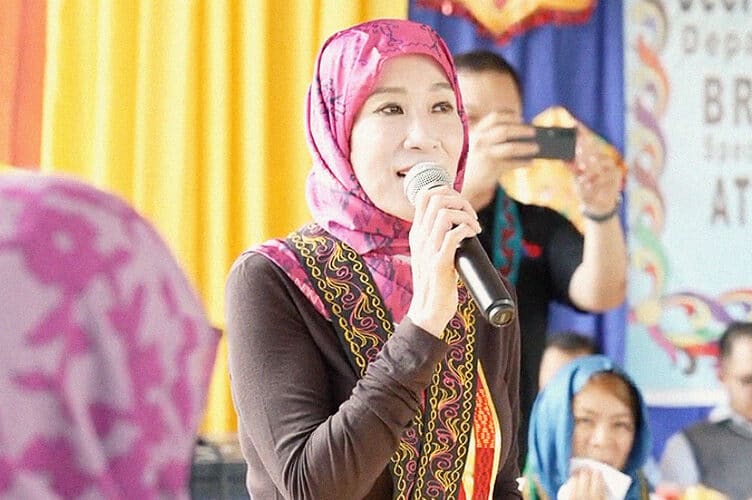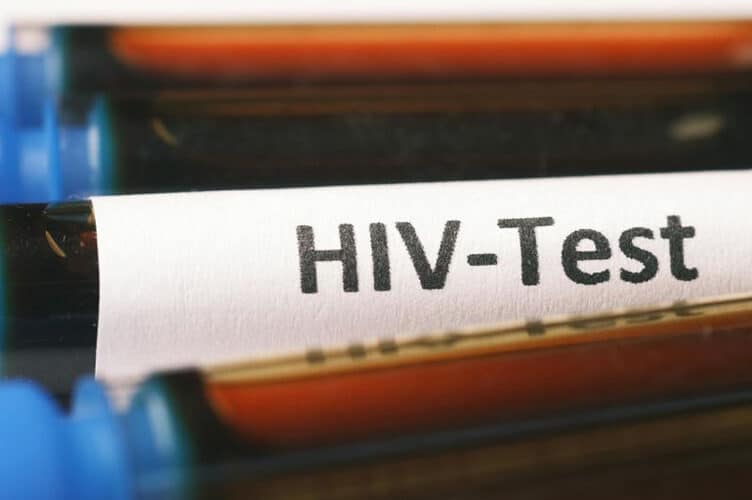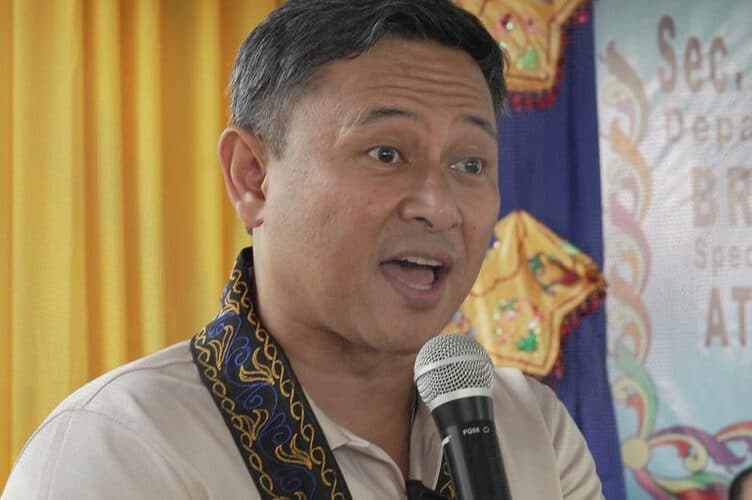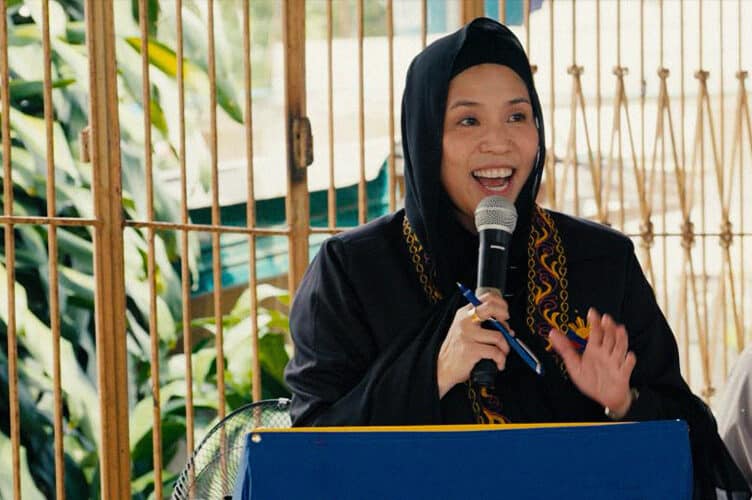Michael Pineda, 25, remembered his teenage years as someone who would rather stay at home than interact with people outside.
While other individuals are mindful of the food they eat and their sleep schedules, 26-year-old Chelsea Murphy would not describe her old self like this.
Their lifestyle changed when they found renewed enthusiasm for their old hobby, cycling.
Relearning cycling
Like many Filipinos, Pineda and Murphy were taught how to ride a bike at a young age, a leisure activity they can enjoy frequently with their family, friends, or neighbors.
However, this was eventually forgotten in their hectic schedules and other priorities.
During his high school years, Pineda saw himself as an “introvert[ed] stay-at-home guy” whose focus was on computer games, studying, and sometimes meeting his friends.
“Other hobbies are prioritize[d], not totally into cycling terms, events, or community. Even bike parts and [a] cycling kit? No,” he told republicasia.

What made him regain his interest in cycling was a mountain bike that he received during his third year of high school. Since then, Pineda has kept learning about new types of bicycles, starting with an MTB, a folding bike, a fixed-gear bike, and now a road bike.
Pineda has been engaging in this aerobic activity for nine years now, which allows him to appreciate the scenery of the places he passes by and meet new people from cycling communities. Some of them became his friends, with whom he would set up long rides, trainings, and even coffee rides.
“Ang saya lang to have [a] group that sees you as a ‘friend’ kahit [nandoon] pa din ‘yung ‘competitive/pushing yourself to limit’ spirit. We can share everything; from ups and downs, love life, work-related [stuff], and syempre, mawawala ba ‘yung upgrade ng bike parts?” he said.
Cycling groups welcome different cyclists regardless of how strong and laid back they are, Pineda said based on his experience.
“You just go there to share the same interests, [Meet] new people, and make connections,” he added.
When the COVID-19 pandemic hit, many Filipinos turned to cycling as their alternative mode of transportation as public transport was limited for safety reasons. One of them is Murphy.
Murphy started relearning to cycle in November 2020. She decided to look for bikes online because she could not fully rely on public transport at that time. She could also save money this way, as she won’t have to avail herself of pricier ride-hailing services.
Like Pineda, Murphy went back to cycling using a mountain bike she got with her friend, Glen Acero.
Trying it out felt like her first time riding a bicycle. Murphy shared that it took her weeks of practice and a few falls to get used to MTB.
“During my first few months of relearning how to ride a bike, having a bike buddy and a community helped me a lot,” she told republicasia.
Aside from her friend, Murphy said that the village she lives in has a bike club that does weekday morning exercises and outdoor breakfast. With cycling, Murphy also gets to meet people from all walks of life and various age groups.
They include Euclid Reyes and Migel Alfonso, who named themselves “Balentong Buddies.” Eventually, these three added Murphy to their group.
Her two-wheels also led her to the group called Ride Like A Girl, founded by Ana David, which advocates for safe, responsible, and inclusive road cycling.
“Riding with women is an empowering experience, and I’m grateful for Tita Ana for being a safe space for women who bike,” she said.
Changes in lifestyle
When he started cycling, Pineda said he did not see himself as someone who would be invested in it. But this changed after trying out cycling again.
From being a stay-at-home person, Pineda became more engaged in outdoor activities, which he always looks forward to every weekend after working at a recruitment agency for a whole week.
He is now eager to try other physical activities that may contribute to his cycling performance, like running. He also monitors his health status and finances to afford cycling kits and his dream bike.
“I can say, it [cycling] impacted my life, big time. I can see myself cycling until my 60s or 70s,” he said.
“Iba kasi yung dulot nya, not only in health, that’s given. But most importantly, I’m interested in other people’s [stories] kasi. The essence of connecting with them, even though you just saw them,” he continued.
Since joining their village’s bike club and other cycling groups, Murphy has become more conscious of what she eats and of her sleep schedule since the club does morning exercises.

“My mental and physical health was deteriorating during the pandemic, and one of the reasons why I tried cycling is because I was hoping it would improve mental and physical health, and it did!” Murphy said.
“Cycling was the one thing I looked forward to during the pandemic because I get to exercise, socialize with physical distance, of course, and get fresh air,” she added.
Cycling remains a mode of transport for Murphy even though public transport has returned to pre-pandemic operations.
“It’s so much faster than taking public transportation, and I save money by taking my bike,” Murphy said.
She said she’s thankful that the company where she’s working as a design and communication professional renovated their bike parking and even provided a shower room for their employees who are cycling to work.
Bikers’ safety
But with more vehicles on the road, the vulnerabilities of pedestrians and transport cyclists have been a concern for some cyclists, including Murphy.
“I’ve experienced getting hit by a motorcycle, close calls, and heated arguments on the road,” she shared.
Last February, groups of cyclists joined forces to protect bike lanes along Ayala Avenue in Makati.
With their combined efforts, the cyclists were not just able to maintain their lanes, but also pushed Ayala Land, Inc., the #MakeItSaferMakati movement, and the Makati Business Club to further improve Ayala Avenue’s transport schemes and promote bike and commuter-friendly places.
In June, the Department of Transportation announced that the government would establish 470 kilometers of bike lanes this year as part of the government’s active transport infrastructure project.
“An additional 470 kilometers of protected bike lanes and pedestrian infrastructure will be built to stay true to our commitment to making active transport a viable transportation and mobility option,” DOTr Assistant Secretary for Road Transport and Infrastructure James Andres Melad said.
“The establishment of the protected bike lanes will contribute to the change in perspective and hopefully result in a change in the way we view and use public roads,” he added.
The DOTr’s active transport campaign aims to establish 2,400 kilometers of bike lanes in 2028 to provide safe infrastructure for cyclists, commuters, and other road users.
A Senate bill was also filed in January 2023 for the creation of bike lanes nationwide.
Under Senate Bill No. 1698, “all main roads and highways shall be provided with bicycle lanes, or bikeways, identified by the Local Bikeways Office (LBO) under the supervision of the city or municipal engineering office.”
The LBO is mandated to manage the establishment of a bikeway network and parking facilities, facilitate easy access to bicycles in partnership with local and foreign organizations, promote the benefits of using bicycles, and ensure the registration of all bicycles operating on the bikeways.
Cyclists, on the other hand, have sets of rules and restrictions to follow when traversing roads and parking their bikes.
Murphy hopes to have “better infrastructure for the most vulnerable on the road” to lessen the risks of road cycling.
Why promote cycling?
Health improvement and meeting more people are just two of the many benefits of cycling. These gains are not just for people but also for their surroundings.
Cycling has a major role in reducing air and noise pollution in the country, Lester Babiera, founder of First Bike Ride, told republicasia.

He stressed that bicycles don’t have to use gasoline to operate and don’t have engines that produce noise compared to fuel-powered vehicles.
“‘Yung kotse talaga, yung mga private cars, while it can be very convenient to other people, it can also be very detrimental. Kasi nga usok, space, ganyan. If you go to carless streets, merong mga ganon sa Metro Manila. You’ll see talaga that it gives you a picture of a livable city, of a good environment,” he said.
Babiera also noticed that there are a lot of private cars with just one person inside. He thought that if these people would be convinced to ride bicycles instead of cars, it would help a lot in easing traffic congestion in the Metro since bikes only occupy a small part of the road.
“Cycling is more fun, it’s more healthy, and it gives the community a sense of fitness, camaraderie, and community. Kasi kapag nasa bike ka, you can talk with other cyclists. Unlike when you’re in a car, hindi ka naman pwedeng baba mo yung bintana mo at makipag-chikahan ka while traversing roads,” he said.
With First Bike Ride, Babiera encourages more people to try outdoor cycling by showing them how beneficial this activity can be, inspiring them with different stories of cyclists, giving them tips, and sharing his advocacy.
“I wanted my advocacy to be something fun. Something that people would enjoy. Like cycling itself, it can be stressful. So I just wanted to make them feel na, hey, even though it can be stressful, it can also be fun and inspiring,” Babiera explained.
Pineda and Murphy recommend that the younger generation try out cycling.
Why? When one bikes alone or joins long or group rides, Pineda said they will witness their “physical, emotional, and mental aspects grow and [be] acknowledged.”
Murphy, meanwhile, mentioned how cycling can be used for a lot of purposes, including meeting with friends, doing groceries, and biking to work, among others.
“Cycling [does] not only benefit cyclists; it also benefits other road users as well. More people on bikes [equals] fewer cars on the road,” she said.
How useful was this post?
Click on a star to rate it!
Average rating 0 / 5. Vote count: 0
No votes so far! Be the first to rate this post.
We are sorry that this post was not useful for you!
Let us improve this post!
Tell us how we can improve this post?









